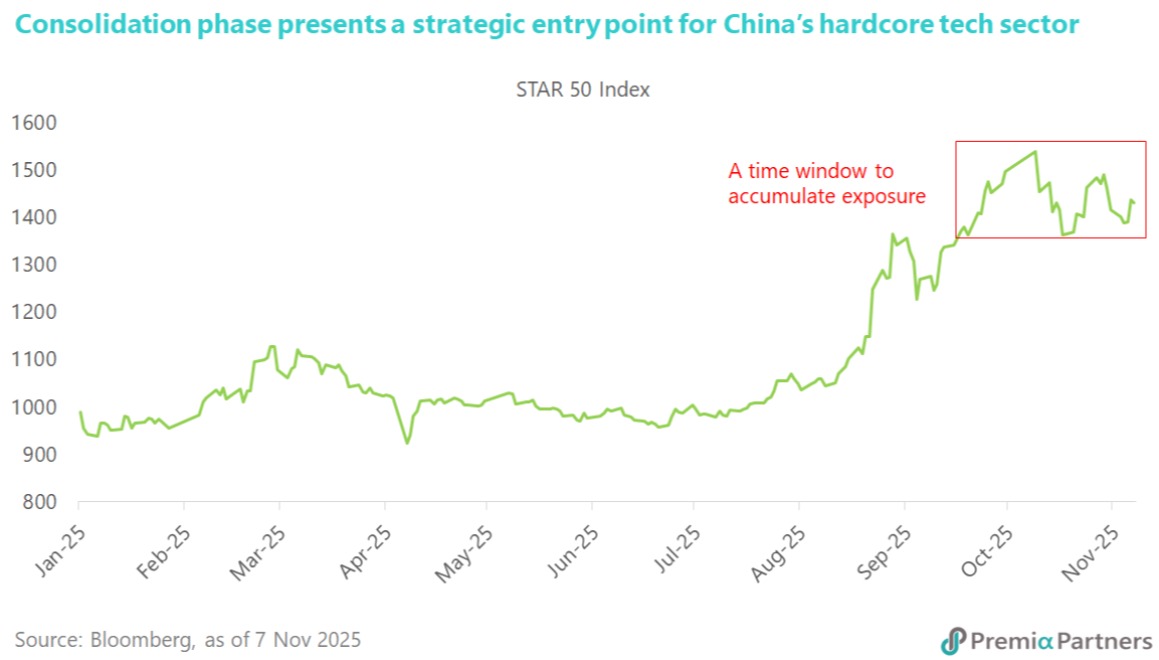
주요 인사이트 & 웨비나
The deal is containment of conflict, not cessation of hostilities US demands against China’s subsidies for State-Owned Enterprises (SOE) and control over the Renminbi remain unresolved core issuesUS targets for Chinese purchases over the next two years are extremely ambitious and at risk of not being metChina has bought some time to reduce its technology and trade dependence on the USChinese policy makers will likely maintain a cautious monetary and fiscal policy stance to avoid a “Japanese Bubble” outcome
Jan 16, 2020
With the current risk-on sentiment, it is reasonable for investors to look for growth area in the market. Yet, which sectors in China A-shares offer higher growth in 2020 based on the consensus forecast from the sell-side analyst? It would be essential to know beforehand for investors in allocating their assets in China market. That said, does it mean that anything outside the growth segments is not worth investing? Since China has been emphasizing on quality instead of quantity under the structural change of the economy, is it probable that there could be some hidden gems in the stable or slow-growth industries? We will try to answer these questions in this article.
Jan 15, 2020
2019 saw expensive asset classes get more expensive, a global yield back-up replaced by a yield rally, continued outperformance of DM over EM and Growth over Value (notwithstanding a few wobbles). As we approach 2020, we review market behavior during the last 12 months, the risk and opportunities going forward and make a few observations about trends that will dictate returns.
Dec 09, 2019
We review the history of Chinese consumption over the last 30-40 years and explain why we believe the Chinese consumer holds the key to global economic growth, not just in China but in every country connected to international markets.
Nov 11, 2019
Investors like to conceptualize mega trends into investment themes, which fund managers use to identify strong companies based on top-down investment approaches with a focus on broader, macroeconomic themes. New investment themes always emerge from time to time, such as dot.com around the millennium, social media & robotics in the past decade, or sharing economy & artificial intelligence not long ago. What do they have in common? Technology! A sudden shift in technology would make transformative changes that redefine work processes, rewrite the rules of competitive economic advantage, and eventually the structural breakthrough will bring the potential output to the next level. That’s why market is interested to find out if 5G is a crucial investment theme.
Nov 05, 2019
“Think about what is happening worldwide right now. The US is dragging down global growth by attempting to impose trade tariffs everywhere, China is facing a major economic slowdown, Japan continues their third “lost-decade”, Germany is heading into recession, and the UK is still debating with EU about the way of Brexit. These are just the highlights of how the top five economies are doing, not even mentioning the more troublesome territories such as Italy and Argentina which may have to deal with their escalating debt problems. These markets accounted for more than 70%-80% of the global stock markets depending on which particularly benchmark one is using to measure against the performance. The issue gets more complicated when the US market, weighting over 50% in most clients’ equity portfolio, seems to be exhausted after recording the longest bull run in history whilst still hovers at all-time high. The most imminent question among investors is where to find the peace in the midst of the storm.”
Oct 22, 2019
The US-China trade dispute rumbled and concerns over global growth continued to mount in Q3. Factor-wise, Quality continued to outperform while Value is trailing, badly. Overall, the China A-shares ended roughly flat in Q3, and it was a meaningful quarter to the market with MSCI, FTSE, and S&P Dow Jones all made announcements of (further) inclusion of China A-shares into their benchmarks. Heading into Q4, we believe “Megatrends” continue to be the key investment themes and “Diversification” core to portfolio risk management. We don’t see a Value trap environment, but the comeback relies on many catalysts amid the current market uncertainties. Consolidation will happen as China rebalances to a “new normal”, and we believe Quality Growth is the best approach to capture domestic champions.
Oct 21, 2019
When over 30% of the investment-grade bonds are selling at a negative yield, the longest bull market in the US seems to be wobbling, global growth is decelerating and the two biggest economies are in a dispute over trade and technology, there is a need for most investors to anchor themselves in a stronghold to face the volatile markets. Benjamin Graham’s Intelligent Investor, often referenced as the best book on investing ever written, may be able to offer a bit of insight for us. At the end of the day, an intelligent investor is a realist who sells to optimists and buys from pessimists. The author has experience to back it up: Graham's personal losses in the 1929 crash and the Great Depression led him to perfect his investment techniques.
Oct 18, 2019
Forget about Donald Trump – this is what the markets are really worried about. Forget about the Trump Impeachment. That’s a sideshow. It will get sordid but Democrats won’t get rid of Donald Trump without the support of two-thirds of the Senate. That’s unlikely to happen, given currently available information about the President’s activities. At most, the impeachment inquiry will contribute to the political point-scoring of the 2020 Presidential Election. The greater decision facing investors now is whether they are prepared to put more money down on renewed quantitative easing in Europe and eventually the United States – a phenomena that will simultaneously feed asset markets and distort resource allocation around the world.
Oct 03, 2019
What’s behind China A-shares recent rally? Why are new economy stocks seemingly in the lead after more than 3 years of underperformance?
Sep 18, 2019
토픽별
주간 차트


David Lai , CFA
CFA
Following the Xi–Trump meeting at the recent APEC Summit, market sentiment has turned cautiously optimistic on hopes of a renewed trade truce between China and the US. Some investors, however, view this détente as a sign that China’s drive for technological self-sufficiency could ease. Although the meeting did not address whether Nvidia’s latest Blackwell-series AI chips might be exported to China, speculation has risen that improving relations could lead to a relaxation of export restrictions — a development some perceive as negative for Chinese semiconductor and hardcore tech names. We take a different view. China’s determination to reduce reliance on imported technology remains firm. Recent initiatives, such as the reported requirement for state-funded data centers to adopt domestically produced chips, underscore the government’s resolve to build a self-sustaining semiconductor ecosystem. In mid-October, China Mobile also announced plans to construct the nation’s largest intelligent computing infrastructure by 2028, featuring a “100,000-GPU cluster” that will fully utilize domestic chips. Top Chinese officials have reiterated that innovation and advanced manufacturing remain core national priorities. These developments suggest that even if US export curbs were relaxed, China’s policy direction will continue to favor domestic research, production, and technological substitution. For investors looking to capture this structural growth opportunity, the Premia China STAR50 ETF provides an efficient and diversified vehicle. It offers focused exposure to leading STAR Market companies at the forefront of China’s innovation agenda — from semiconductors and AI to next-generation industrial technologies — positioning investors to benefit from the country’s ongoing technology upgrade.
Nov 10, 2025




